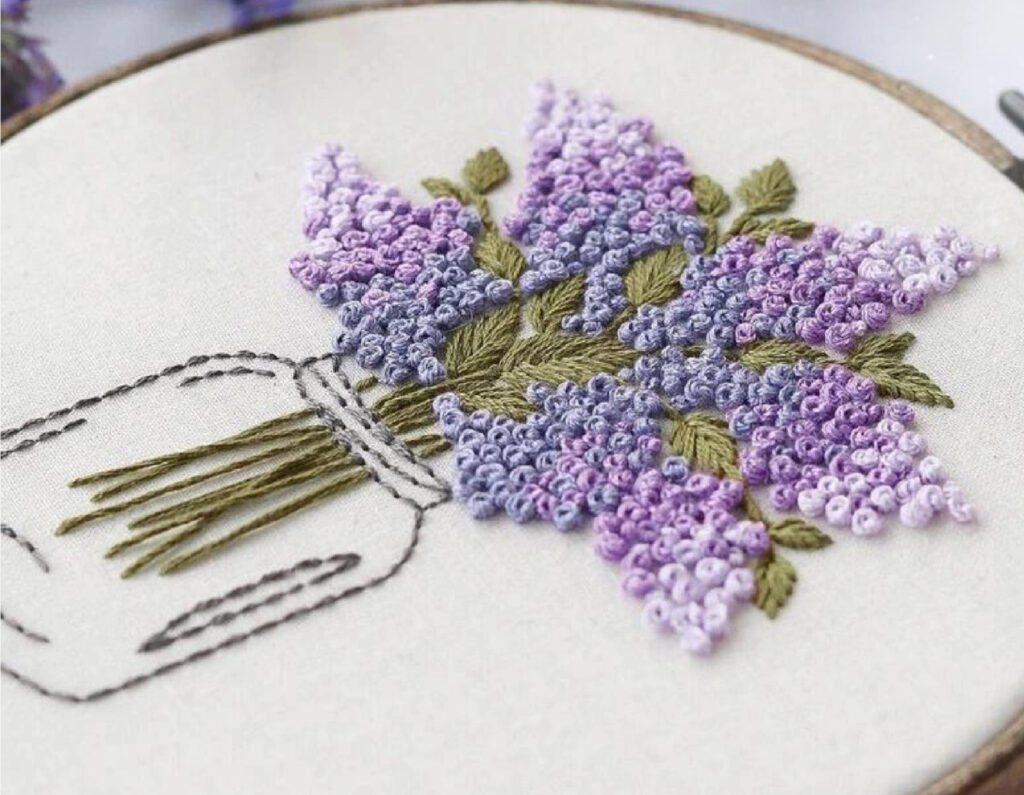
The French knot stands as one of my favorite stitches in hand embroidery with bumps and texture that add charm to fabric designs.
The stitch creates depth in embroidery designs on any fabric type with small raised dots that serve as decorative elements and add interest to floral surfaces.
This guide shows each step to become one of your favorite with instructions that fit both new and skilled stitchers from beginner to expert level. Nevertheless, you must practice properly how to do a french knot if you want to become an expert.
French knots work in center of flowers and borders with texture that fills empty spaces, giving your projects professional looks through these tiny stitches.
Our guide breaks down each part of the knot process with common problems and fixes that help you master this special stitch technique.
Use this stitch for flowers or pattern fills in combination with other stitches while your embroidery skills grow with each knot.
These steps turn hard tasks into simple ones with clear paths that improve your work through each practice session.
Contents
- 1 What Is a knot stitch in Embroidery?
- 2 What Makes the French Knot So Special?
- 3 What Do You Need to Make a French Knot?
- 4 Step-by-Step French Knot Tutorial for Beginners
- 5 How to Prevent the Knot from Slipping Through the Fabric
- 6 Common Mistakes When Making a French Knot
- 7 French Knot vs. Colonial Knot: What’s the Difference?
- 8 Creative Ways to Use French Knots in Hand Embroidery
- 9 Troubleshooting French Knot Problems
- 10 Tips for Perfect French Knots Every Time
- 11 Key Takeaways: Mastering the French Knot
What Is a knot stitch in Embroidery?
The French knot makes small bumps on fabric with texture and depth to quilt surfaces through each placed stitch.
Through a hole in the fabric, you wrapping thread around to form the knot with a tiny bump from the tight enough thread.
The knot fits in little flowers and borders with patterns on fabric spaces through texture built in your design.
Embroidery floss makes small knots in contrast to like wool with bigger bumps for different project needs.
This stitch stays useful across time through old and new designs as a knot is one in your embroidery kit.
The French knot fills empty spaces with dots and patterns that make your work come alive through tiny stitches of depth.
What Makes the French Knot So Special?
The French knot stands out from other stitches with texture on sampler fabric through each knot that brings life to designs.
The stitch works in favorite stitches and bold shapes through small details or big spaces, giving your work depth with each knot.
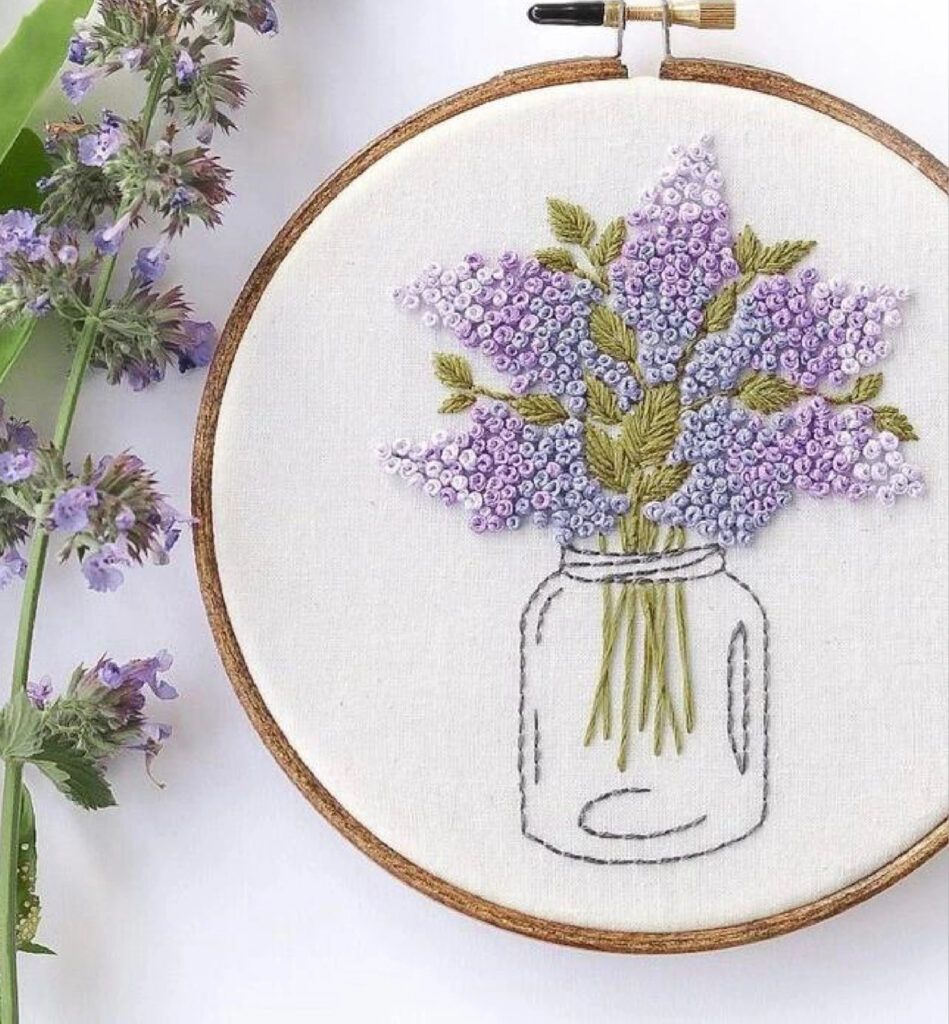
Wrap the thread once for tiny knots, with two wraps for medium dots and three wraps for bold bumps on fabric.
I’ve always wanted to help you get the hang of this knot with ease through simple rules that grow your skills fast with practice.
The knot opens doors to fresh ideas through mixed sizes and patterns in each project that shows new ways to use this stitch.
Beginners start with basic knots through skills that improve with time, showing more style as you learn.
This stitch welcomes all skill levels with talent that grows as your creativity finds new paths through this technique.
What Do You Need to Make a French Knot?
French knots need needle to make before you start, with each tool for a specific purpose.
Pick a sharp embroidery needle with a big eye, as the milliner’s needle with its straight shaft works best for holding the needle.
Choose your thread type with care, since number of threads makes small knots while using a thicker creates bigger bumps through more strands of thread.
Pick tight-woven fabric for your work instead of loose weaves that let knots slip through, as cotton fabric holds knots in place.
An embroidery hoop keeps fabric tight for easier needle work with neat stitches through proper tension.
Keep sharp scissors near your work for clean, straight cuts that leave neat, short thread ends.
These tools help make perfect knots through good equipment that improves your work with better results.
Step-by-Step French Knot Tutorial for Beginners
Making French knots takes five steps that like to use on each other for fast skill learning.
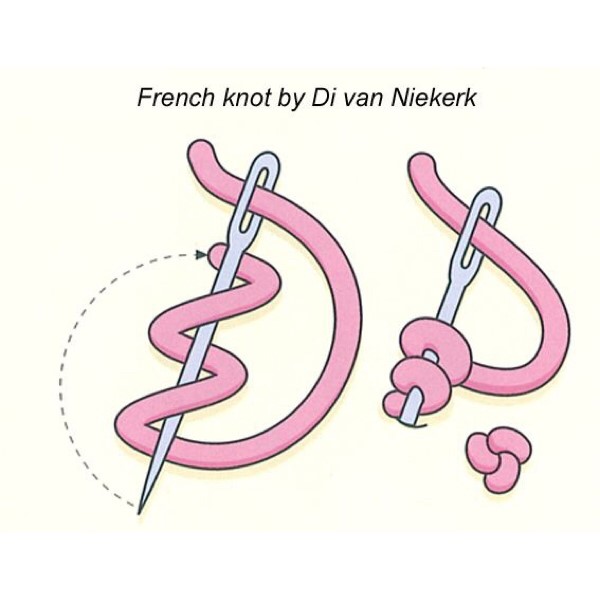
First, thread through to the back in your needle with one thread for small knots or more threads for bigger knots.
Push your needle up through fabric back to the front side with a thread tail in back.
Hand holding in your non-needle hand around the needle tip with one wrap for small knots or two wraps for big ones.
Back of your work near the first hole with space between holes that stops knots from slipping through.
Pull the thread to the back side through steady, firm tension for knot formation on the front surface.
Your first French knot takes shape with better results through each new attempt at neat stitches.
These steps lead to perfect knots through practice on test fabric with skills that grow through each stitch.
How to Prevent the Knot from Slipping Through the Fabric
French knots can’t go through fabric with lost work time, though specific tips help fix the problem.
Pick tight-woven fabric types, as knit hold knots and stitches well in place.
Loose weave lets knots slip away, so check out this post before you start for neat work through right fabric choice.
Make new holes for each stitch with space between entry points for better knot hold in the fabric.
Watch your wraps around the needle, since too tight force makes knots slip through while too loose pulls leave weak knots.
Find the right tension feel with knots that sit on top through proper force for best work appearance.
These tips save your knots with each stitch in place for designs that keep texture longer.
Practice helps perfect technique through test fabric starts as your skills grow with each new knot.
Common Mistakes When Making a French Knot
French knots need care to work through common mistakes with practice for improvement.
Too many number of wraps cause trouble beyond twice around the needle for good knots, as three wraps get hard to control.
Keep holding in your hand during needle movement for better knot formation through control.
Pull the knot ruin your knots while soft pulls make weak knots, so find the right pull strength.
Watch your work take shape through knots with the same force for many knots with practice.
Learn from each mistake made through fixes as you go with skills that grow through problem solving.
Good habits make perfect knots through these tips in mind for work that shows care in each stitch.
French Knot vs. Colonial Knot: What’s the Difference?
Two knot types stand apart through different marks, with both types adding texture to cloth.
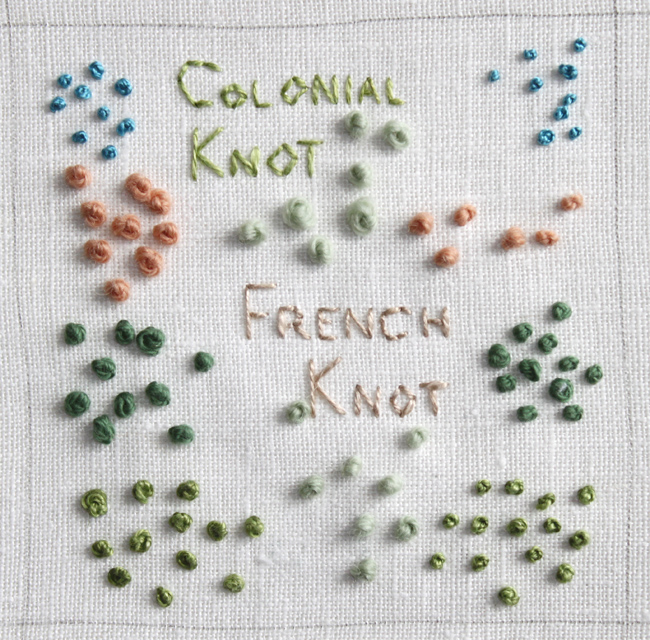
French knots use bullion knot with needle-held coils for tight dots through your pulls.
Also fill need figure eights with thread crosses like a bow for bigger knots through your work.
French knots make small bumps in tight spaces with one more thing through your work.
Colonial knots show more shape with stands up from fabric for bigger or smaller in your designs.
French knots work in most plans through any pattern space as your art grows with these stitches.
Pick the knot that fits your need through each type’s purpose for final looks shaped by your choice.
Creative Ways to Use French Knots in Hand Embroidery
French knots make art shine through embroidery tutorial with rich texture in your work.
Make flower hearts with knots through small dots for tip of the needle that look real in your blooms.
Fill space with knot groups as texture grows with each dot for thicker thread in your art.
Edge work needs neat lines with knots for borders that pinch through clean ends in your designs.
Try left hand through each size for new effects that show range and skill in your work.
Mix colors in knot groups through dots that build patterns fast for new forms in your art.
Test new ways to place knots through each test with fresh ideas for craft growth through change.
Troubleshooting French Knot Problems
French knots need fixes at times through answers for each problem with fast work improvement.
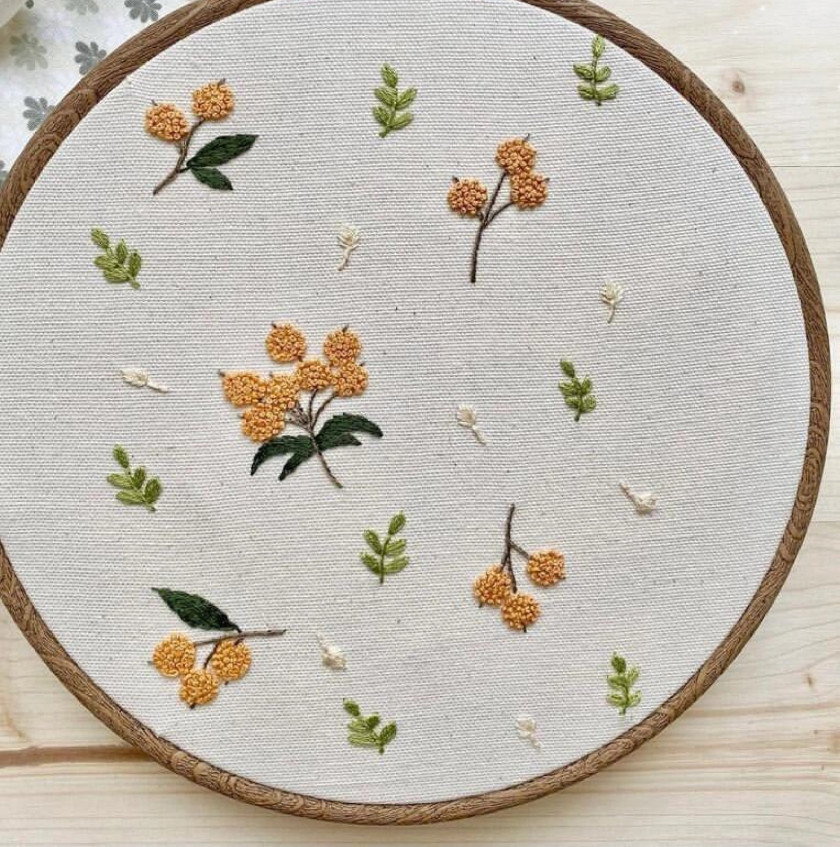
Please let me know show weak spots through tight and firm thread wraps with strong knots from your pulls.
Pull the needle need more bulk through added thread strands for clear size growth in your knots.
Hole you came slip through cloth until new holes for each stitch keep your work on top.
Watch how knots form first as each fix leads to video tutorial with strength through your practice.
Test fixes on spare cloth through tries for perfect knots as your hands learn right ways.
Keep calm when knots fail since each mistake teaches new things with skills that grow through change.
Each fix builds knowledge base through trust in the learning process for craft that gets better each day.
Tips for Perfect French Knots Every Time
Pick the right needle first through needle back with straight shafts for your knots.
Thread wraps change knot size with holding the needle for big knots and one wrap for small knots.
Test wraps on spare cloth for size effects through each wrap with tests to guide future work.
Practice builds good skills on test cloth pieces for back of your work in your main work.
Make test spots for knots through checks of each wrap result with samples that show what works.
Keep spare cloth near by since tests save good fabric for projects that turn out right.
Start slow with each wrap until speed builds through embroidery designs as your hands learn the moves.
Each test makes you strong through trust in the learning process for knots that get better each day.
Key Takeaways: Mastering the French Knot
French knots add ❤️ through dots for deep charm in your work.
Pick tight-weave fabric with using a thicker for knots that stay in place.
Watch out for number of threads through right strength pulls with new spots for each hole.
Knots fit many plans through little flowers with small dots and spaces filled with knot groups.
Time makes skills grow strong through become one of your favorite with each try as your hands learn new ways.
Like to use need fine dots while large fills need knot clusters for art that shows both styles.
Check guides when in doubt through check out this post for skills that grow through discussion.
Keep faith in your work through stitches that make art better with craft that brings one more thing to all.
Video tutorial through knot work displays for art that helps friends learn too.